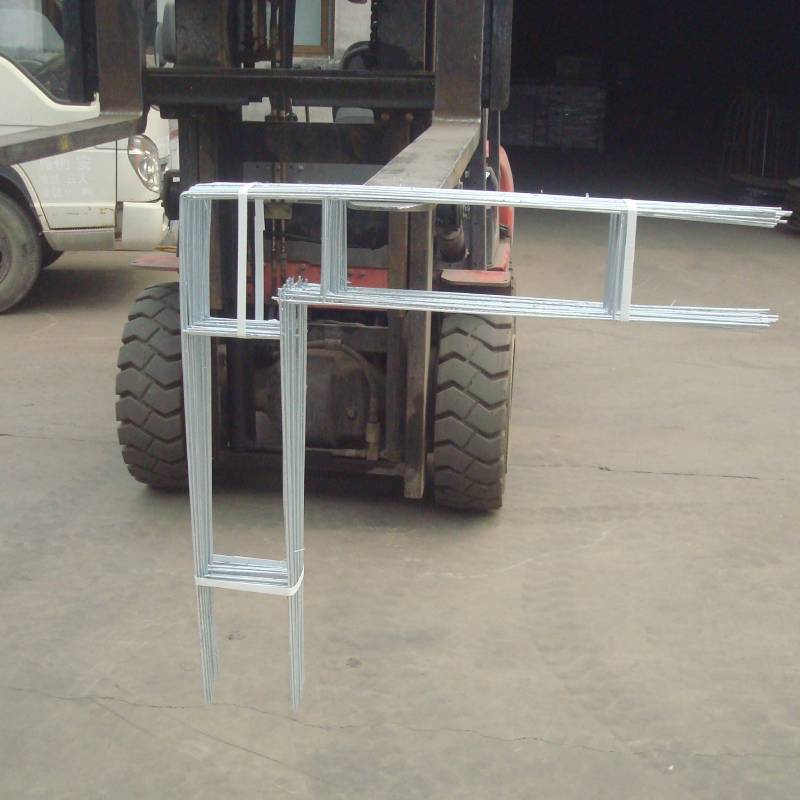
- Mobile Phone
- +8613931874955
- sales@cntcmetal.com
lateral wall ties
Understanding Lateral Wall Ties Importance, Types, and Applications
In the realm of construction and structural engineering, lateral wall ties play a pivotal role in ensuring the stability and integrity of buildings. These ties are essential components that provide additional lateral support to walls, effectively preventing structural failure due to lateral forces such as wind or seismic activity. In this article, we will delve into the significance of lateral wall ties, their various types, and their applications in modern construction.
The Importance of Lateral Wall Ties
Lateral wall ties are critical in maintaining the overall stability of a structure. Buildings are subjected to various forces throughout their lifespan, including wind loading and seismic forces. Without adequate lateral support, walls can buckle, lean, or even collapse, leading to disastrous outcomes. Lateral wall ties serve to distribute these forces evenly across the structure, effectively reducing stress on individual walls and preventing deformation.
Additionally, these ties also contribute to the longevity of buildings. By providing reinforcement, they help mitigate the wear and tear that walls undergo due to external pressures. This reinforcement can extend the lifespan of the structure, reduce maintenance costs, and enhance safety for occupants.
Types of Lateral Wall Ties
There are several types of lateral wall ties, each designed for specific applications and conditions
. The most common types include1. Brick Wall Ties Used in masonry construction, these ties connect two or more masonry walls together. They ensure that lateral forces are evenly distributed, preventing any one wall from bearing too much load.
2. Steel Wall Ties These ties are composed of high-strength steel and are often used in conjunction with concrete or masonry structures. Steel wall ties provide superior resistance to tension and compression, making them ideal for high-rise buildings.
lateral wall ties

3. Cavity Wall Ties In buildings with cavity walls, these ties connect the outer and inner leaf of the wall. They are critical for maintaining structural integrity while also allowing for moisture control within the cavity.
4. Structural Wall Braces While not traditional ties, braces are used to provide lateral support to walls. They can take various forms, including diagonal bracing or shear walls, depending on the building design and load requirements.
5. Tie Rods and Straps These are often used in conjunction with other structural elements to provide additional support. Tie rods can be installed diagonally to connect various structural components, thereby enhancing stability.
Applications of Lateral Wall Ties
The application of lateral wall ties can be observed across various types of structures, including residential, commercial, and industrial buildings. In residential construction, they are often used in the walls of homes to ensure stability against wind loads, particularly in areas prone to severe weather conditions.
In high-rise buildings, lateral wall ties become even more important due to the increased wind forces experienced at greater heights. Engineers carefully calculate the required spacing and size of these ties to ensure that they can withstand the anticipated loads.
Moreover, in historic buildings, retrofitting with lateral wall ties is often necessary to meet modern safety standards while preserving the building's aesthetic characteristics. Engineers must navigate the delicate balance between maintaining the integrity of the original structure and enhancing its safety.
Conclusion
Lateral wall ties are a cornerstone of safe and stable construction practices. They provide essential support that helps buildings withstand lateral forces, contributing to both their safety and longevity. By understanding the different types and applications of these ties, engineers and architects can design structures that not only meet code requirements but also provide peace of mind to occupants. As building technologies and materials continue to evolve, the role of lateral wall ties will remain integral to the field of structural engineering.
share:
-
Your Source for Concrete Wall Ties and Masonry AccessoriesNewsJul.10,2025
-
Unlocking the Power of Iron Wire for Every ProjectNewsJul.10,2025
-
Explore Advanced Chain Wire and Stainless Steel Mesh FencingNewsJul.10,2025
-
Discover the Benefits of Annealed Wire ProductsNewsJul.10,2025
-
Discover China Stainless Steel Wire Mesh SolutionsNewsJul.10,2025
-
Build with Confidence Using High-Performance Masonry AccessoriesNewsJul.10,2025
-
Why Sacrificial Formwork Is Redefining Underground ConstructionNewsJun.06,2025



















